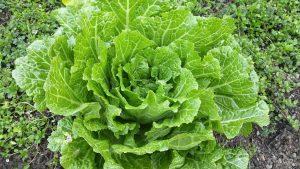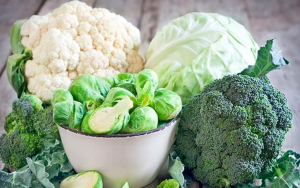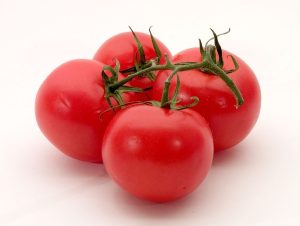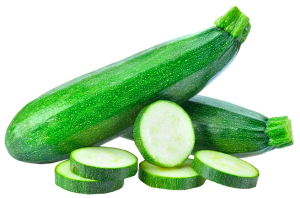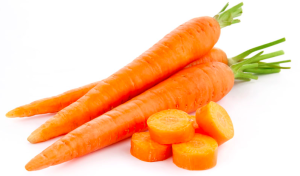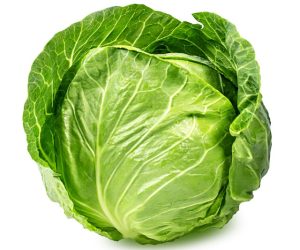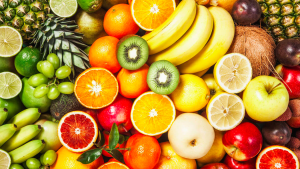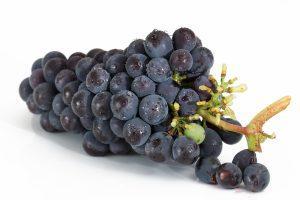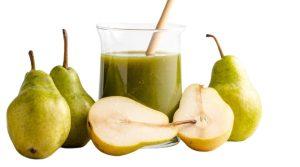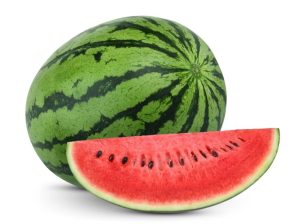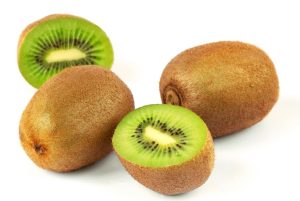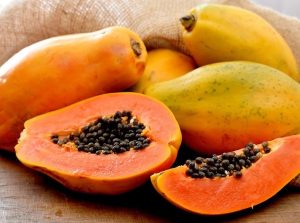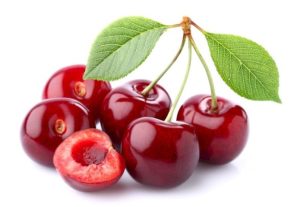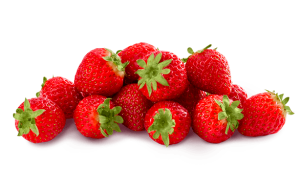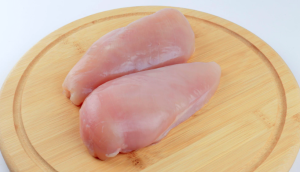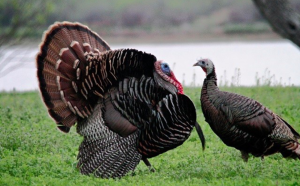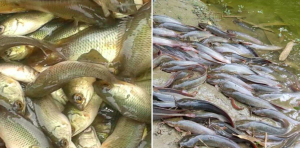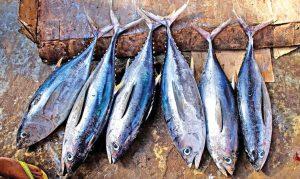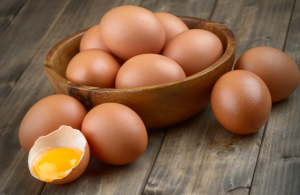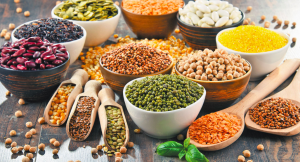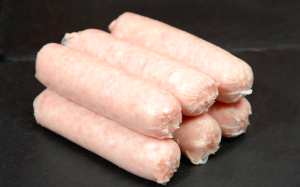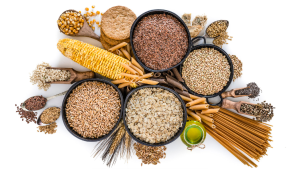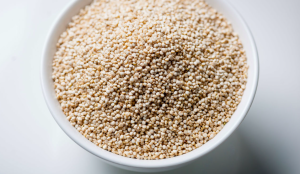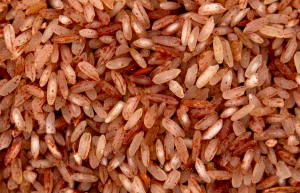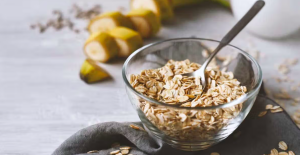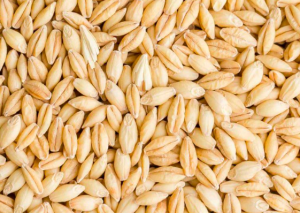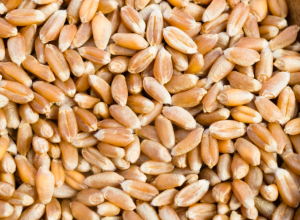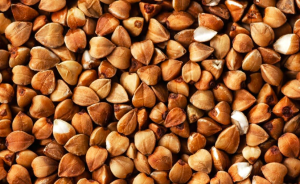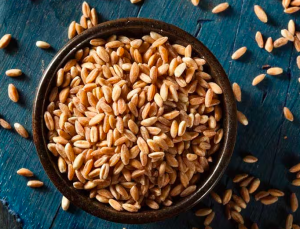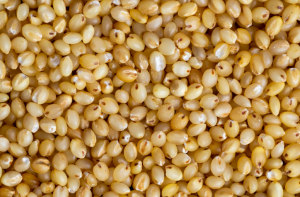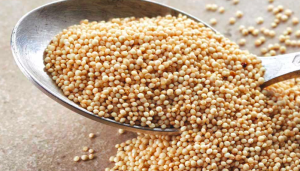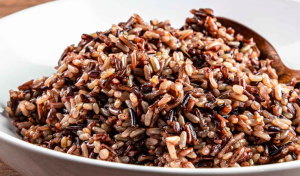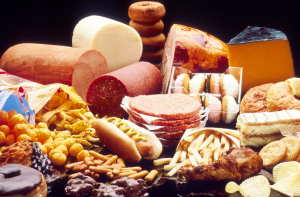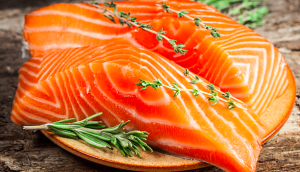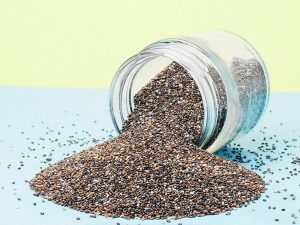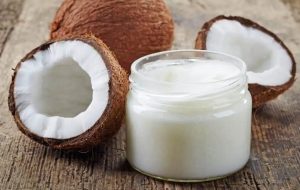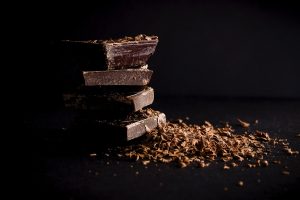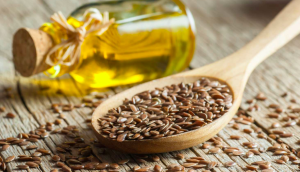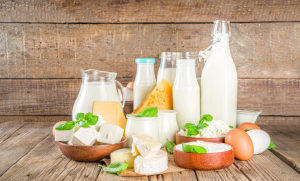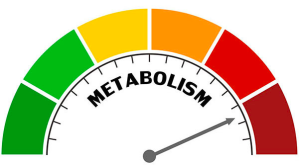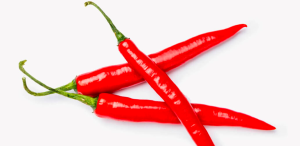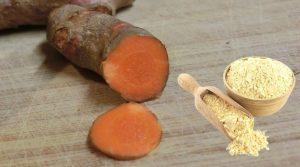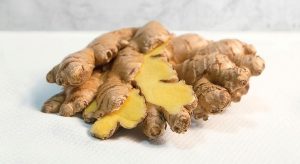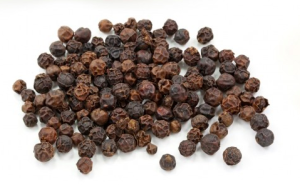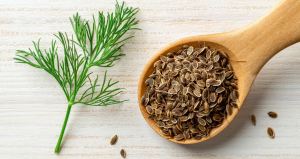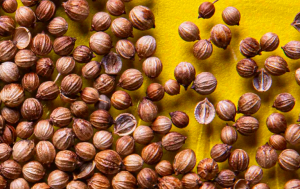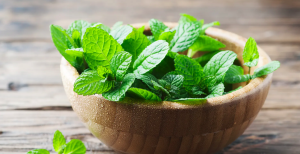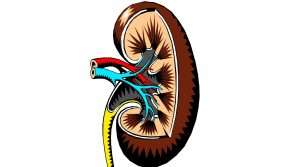Foods for weight loss.
A combination of diet, exercise, and overall lifestyle influences weight loss. Whereas no enchantment nourishment ensures weight misfortune, consolidating certain nourishments into your count calories can be useful.
Here are some foods that may support weight loss:
Vegetables:
Vegetables are an excellent choice for supporting weight loss due to their low-calorie density, high fiber content, and a rich array of vitamins and minerals.
Some Vegetables:
Here are some vegetables that can be particularly beneficial:
Leafy Greens:
Spinach, kale, Swiss chard, and other leafy greens are low in calories and high in nutrients. They are excellent sources of fiber, vitamins (such as vitamin K, vitamin A, and folate), and minerals.
Cruciferous Vegetables:
Broccoli, cauliflower, Brussels sprouts, cabbage, and kale are examples of cruciferous vegetables. They are moo in calories, tall in fiber, and given different supplements, counting vitamins C and K.
Bell Peppers:
Colorful bell peppers are rich in vitamin C and antioxidants. They add sweetness and crunch to your meals while being low in calories.
Cucumbers:
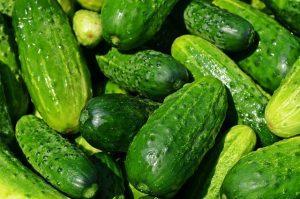
Cucumbers have a high water content, making them hydrating and low in calories. They can be a refreshing addition to salads or enjoyed as a crunchy snack.
Tomatoes:
Tomatoes are low in calories and high in antioxidants, including lycopene. They can be used in salads, soups, or as a base for sauces.
Zucchini:
Zucchini is low in calories and can be used as a substitute for higher-calorie ingredients in dishes like pasta or as a base for vegetable noodles.
Carrots:
Carrots are sweet, crunchy, and rich in beta-carotene, which converts to vitamin A in the body. They make a satisfying snack or addition to salads.
Green Beans:
Green beans are a good source of fiber and can be a nutritious side dish or snack.
Spinach:
Spinach is versatile and can be used in salads, smoothies, or cooked dishes. It’s rich in press, vitamins, and minerals.
Cabbage:
Cabbage is low in calories and high in fiber. It can be utilized in servings of mixed greens, stir-fries, or indeed as wraps for a low-calorie elective.
Fruits:
Fruits are a nutritious and flavorful expansion to a weight-loss-friendly eat-less. Whereas natural products do contain common sugars, they too give fundamental vitamins, minerals, cancer prevention agents, and fiber.
Some Fruits:
Here are some fruits that can support weight loss:
Berries:
Blueberries, strawberries, raspberries, and blackberries are low in calories and high in fiber and antioxidants. They add sweetness to your meals without contributing significantly to your calorie intake.
Apples:
Apples are high in fiber, particularly soluble fiber called pectin, which can help you feel full. Eating an apple before a meal may reduce overall calorie intake.
Grapefruit:
Some studies suggest that grapefruit may have properties that aid in weight loss. It’s moo in calories and tall in water substance, making it a reviving and filling alternative.
Pears:
Pears are a good source of fiber and can help keep you satisfied between meals. The fiber content can also support digestive health.
Watermelon:
Watermelon is hydrating due to its high water content, and it’s relatively low in calories. It makes for a refreshing and satisfying snack.
Oranges:
Oranges are rich in vitamin C and fiber. The act of peeling and eating an orange can also slow down the eating process, promoting a feeling of fullness.
Kiwi:
Kiwi is a nutrient-dense fruit that provides a good amount of fiber and vitamin C. It contains a one-of-a-kind flavor and can be delighted in on its possess or included in natural product servings of mixed greens.
Papaya:
Papaya is low in calories, high in fiber, and contains enzymes that aid digestion. It’s a tropical natural product with a sweet taste.
Cherries:
Cherries are not only delicious but also relatively low in calories. They contain cancer-prevention agents and may have anti-inflammatory properties.
Strawberries:
Strawberries are rich in vitamin C, manganese, and antioxidants. They’re flexible and can be included in yogurt, smoothies, or delighted in on their claim.
Lean Proteins:
Including lean proteins in your diet can be beneficial for weight loss as they are often lower in calories and saturated fats while providing essential nutrients. Protein helps to promote feelings of fullness, supports muscle maintenance, and can contribute to an overall balanced diet.
Some Lean protein:
Here are some lean protein sources to consider:
Chicken Breast:
Skinless, boneless chicken breast is a lean source of protein. It’s versatile and can be grilled, baked, or sautéed.
Turkey:
Lean ground turkey or turkey breast is a good option. Look for lean or extra-lean varieties to minimize fat content.
Fish:
Fatty fish like salmon, mackerel, and trout are rich in omega-3 fatty acids. However, for lean options, consider white fish like cod, tilapia, or haddock.
Seafood:
Shrimp, crab, lobster, and other shellfish are generally low in calories and fat while providing a good protein source.
Lean Beef:
Choose lean cuts of beef, such as sirloin, tenderloin, or lean ground beef (90% lean or higher). Trim visible fat before cooking.
Eggs:
Eggs are a versatile and economical source of protein. Consider incorporating egg whites for an even lower-calorie option.
Tofu:
Tofu is a plant-based protein option that is low in calories and can be used in various dishes. It’s also a good source of iron and calcium.
Greek Yogurt:
Greek yogurt is higher in protein compared to regular yogurt. Choose plain, non-fat, or low-fat varieties to minimize added sugars and fats.
Cottage Cheese:
Cottage cheese is rich in protein and can be a satisfying snack. Opt for low-fat or fat-free versions.
Beans and Legumes:
Black beans, lentils, chickpeas, and other legumes are not only high in protein but also rich in fiber, making them a filling and nutritious choice.
Skinless Turkey or Chicken Sausages:
Look for lean varieties with minimal added fats and sodium.
Whole Grains:
Joining whole grains into your slim-down can contribute to weight misfortune and in general well-being. Entirety grains are rich in fiber, vitamins, and minerals, and they give a maintained discharge of vitality.
Some Whole Grains:
Here are some whole grains that can be beneficial for weight loss:
Quinoa:
A complete protein source, quinoa is high in fiber and has a nutty flavor. It’s flexible and can be utilized as a base for servings of mixed greens, side dishes, or input of rice.
Brown Rice:
Unlike white rice, brown rice retains its bran and germ, making it a good source of fiber and nutrients. It can be used as a side dish, in stir-fries, or as an ingredient in various dishes.
Oats:
Oats are rich in soluble fiber, which can help keep you feeling full. Opt for whole oats or steel-cut oats for maximum nutritional benefits.
Barley:
Barley is a hearty whole grain with a chewy texture. It can be utilized in soups, stews, or as a side dish.
Whole Wheat:
Choose whole wheat products like whole wheat bread, pasta, and couscous. These options have more fiber and nutrients compared to their refined counterparts.
Buckwheat:
Despite its name, buckwheat is not a wheat but a gluten-free seed. It’s tall in protein and fiber, making it a nutritious choice for weight misfortune.
Farro:
Farro is an ancient grain with a chewy texture and nutty flavor. It can be utilized in servings of mixed greens, soups, or as a side dish.
Millet:
Millet is a gluten-free grain that’s rich in nutrients, including magnesium and phosphorus. It can be used in both sweet and savory dishes.
Amaranth:
Amaranth is a gluten-free grain that is high in protein and contains all essential amino acids. RGB (255, 137, 137);”>It can be cooked as a side dish or included in soups and stews.
Wild Rice:
Wild rice is a nutrient-dense whole grain with a unique flavor. It can be utilized as a side dish or blended with other grains.
Healthy Fats:
Including healthy fats in your diet is important for overall health, and it can also support weight loss by promoting satiety and providing essential nutrients. It’s crucial to focus on sources of monounsaturated and polyunsaturated fats while minimizing saturated and trans fats. Here are some healthy fats to consider:
Avocado:
Avocados are rich in monounsaturated fats, which are heart-healthy fats. They also provide fiber, vitamins, and minerals. Add slices of avocado to salads, and sandwiches, or enjoy it as a snack.
Olive Oil:
Extra virgin olive oil is a source of monounsaturated fats and contains antioxidants. Use it for cooking, as a salad dressing, or for drizzling on vegetables.
Nuts and Seeds:
Almonds, walnuts, chia seeds, flaxseeds, and sunflower seeds are packed with healthy fats, fiber, and protein. However, portion control is important due to their calorie density.
Fatty Fish:
Salmon, mackerel, trout, and sardines are rich in omega-3 fatty acids, which have numerous health benefits. Omega-3s can contribute to a feeling of fullness and support overall well-being.
Nut Butter:
Choose natural nut butter without added sugars and oils. Peanut butter, almond butter, and cashew butter are good options. Use in moderation as a spread or as an ingredient in smoothies and recipes.
Chia Seeds:
Chia seeds are high in omega-3 fatty acids, fiber, and antioxidants. They can be added to yogurt, oatmeal, or used to make chia pudding.
Coconut Oil:
While it’s high in saturated fat, coconut oil is unique because it contains medium-chain triglycerides (MCTs). Some studies suggest that MCTs may have a modest effect on weight loss when consumed in moderation.
Dark Chocolate:
Dark chocolate, in moderation, can provide healthy fats and antioxidants. Choose varieties with at least 70% cocoa content to maximize health benefits.
Flaxseed Oil:
Flaxseed oil is a good source of omega-3 fatty acids. Add it to smoothies or use it as a dressing for salads.
Greek Yogurt:
Greek yogurt is a dairy product that contains healthy fats, protein, and probiotics. Choose plain, non-fat, or low-fat varieties to minimize added sugars.
Low-Fat Dairy:
Including low-fat dairy in your diet can be a part of a healthy approach to weight loss, as it provides essential nutrients like calcium and protein without the excess saturated fats found in full-fat dairy products. Here are some examples of low-fat dairy options:
Skim or Fat-Free Milk:
Skim milk, also known as fat-free or non-fat milk, is a good source of calcium and protein without the added saturated fat. It can be utilized in cereals, smoothies, or delighted in on its claim.
Low-Fat or Fat-Free Yogurt:
Choose plain, low-fat, or fat-free yogurt to reduce your intake of saturated fats and added sugars. Greek yogurt is also a good option, as it tends to be higher in protein.
Low-Fat or Fat-Free Cheese:
Look for low-fat or fat-free versions of your favorite cheeses. They can be utilized in cooking, servings of mixed greens, or delighted in as snacks.
Low-Fat Cottage Cheese:
Cottage cheese is a good source of protein and can be a satisfying snack or added to meals. Choose low-fat or fat-free varieties.
Low-Fat or Fat-Free Sour Cream:
If you enjoy sour cream, opt for low-fat or fat-free versions to cut down on saturated fats.
Low-Fat or Fat-Free Ricotta Cheese:
Ricotta cheese can be used in both savory and sweet dishes. Choose low-fat or fat-free options for a lower calorie content.
Low-Fat or Fat-Free Cream Cheese:
Use low-fat or fat-free cream cheese in moderation as a spread or ingredient in recipes.
When consolidating low-fat dairy into your eat-less for weight misfortune, it’s imperative to be careful of parcel sizes and select assortments with negligible included sugars.
Furthermore, consider combining low-fat dairy with other nutrient-dense nourishments like natural products, vegetables, incline proteins, and entirety grains to make adjusted dinners.
Water:
Water may be a pivotal component in supporting weight misfortune and general well-being. Remaining adequately hydrated offers a few benefits for those attempting to lose weight.
Ways in which water can contribute to weight loss:
Appetite Control:
Drinking water before meals can create a sense of fullness, helping you consume fewer calories during the meal. Sometimes, feelings of thirst can be mistaken for hunger, leading to unnecessary snacking.
Calorie-Free Hydration:
Unlike sugary drinks, water is calorie-free. Choosing water over high-calorie beverages helps reduce overall calorie intake, supporting weight loss efforts.
Boosts Metabolism:
Some studies suggest that drinking water may temporarily boost metabolism. Drinking cold water, in particular, may require the body to expend energy to warm it to body temperature.
Advances Workout Execution:
Remaining hydrated is basic for ideal physical execution. Appropriate hydration can assist you keep up vitality levels while working out, permitting you to burn more calories.
Encourages Assimilation:
Water is basic for absorption and supplement retention. Satisfactory hydration makes a difference avoid stoppage and advances customary bowel developments, contributing to a solid stomach-related system.
Decreases Fluid Calorie Admissions:
Choosing water rather than sugary drinks, soft drinks, or high-calorie refreshments makes a difference cut down on fluid calories, making it simpler to oversee general calorie utilization.
Supports Fat Metabolism:
Proper hydration is important for the body’s ability to metabolize stored fat into energy. Dehydration can impair the fat-burning process.
Tips:
To support weight loss through hydration, consider the following tips:
Drink Water Before Meals:
Have a glass of water before each meal to help control your appetite.
Carry a Water Bottle:
Keep a water bottle with you throughout the day to make it easy to stay hydrated.
Infuse Water with Flavor:
If you find plain water unappealing, try infusing it with slices of fruits, vegetables, or herbs for a burst of natural flavor.
Replace Sugary Drinks:
Substitute sugary drinks with water. This simple switch can significantly reduce your daily calorie intake.
Listen to Your Body:
Pay attention to your body’s signals for thirst, and drink water regularly throughout the day.
Green Tea:

Green tea is often touted for its potential benefits in supporting weight loss. Whereas it’s not an enchanted arrangement, a few things recommend that certain compounds in green tea may contribute to weight administration.
Ways:
Here are ways in which green tea may support weight loss:
Caffeine Content:
Green tea contains caffeine, a natural stimulant that can temporarily boost metabolism and increase fat burning. This can potentially contribute to weight loss by enhancing calorie expenditure.
Epigallocatechin Gallate (EGCG):
Green tea is rich in catechins, particularly EGCG, which is believed to have antioxidant properties. A few things demonstrate that EGCG may help in fat oxidation and progress affront affectability.
Calorie-Free Beverage:
Choosing green tea as a beverage instead of sugary drinks or high-calorie options contributes to a lower overall calorie intake.
Appetite Control:
Some research suggests that green tea may help regulate appetite hormones, potentially leading to reduced calorie intake.
Improved Exercise Performance:
The combination of caffeine and other compounds in green tea may enhance physical performance, allowing individuals to exercise more efficiently and burn more calories during workouts.
While these potential benefits are promising, it’s essential to note that the effects of green tea on weight loss can vary among individuals, and the results are often modest.
Tips:
Here are some tips for incorporating green tea into your routine:
Drink Unsweetened Green Tea:
To keep calorie intake low, choose unsweetened green tea. Adding sugar or high-calorie sweeteners may negate potential benefits.
Regular Consumption:
Studies suggest that for potential weight loss benefits, regular and consistent consumption of green tea over an extended period may be more effective.
Combine with a Healthy Lifestyle:
Green tea is not a substitute for a healthy diet and regular exercise. It works best as part of an overall healthy lifestyle.
Be Mindful of Caffeine Intake:
While the caffeine content in green tea is generally lower than that in coffee, individuals sensitive to caffeine should be mindful of their intake.
Spices and Herbs:
Flavors and herbs can include flavor to your suppers without including additional calories, and a few may indeed offer potential benefits for weight misfortune.
While they are not a magic solution, incorporating certain spices and herbs into your diet may enhance your overall efforts.
Some Spices and Herbs:
Here are some spices and herbs that are commonly associated with potential weight loss benefits:
Cayenne Pepper:
Capsaicin, the compound responsible for the heat in cayenne pepper, may help boost metabolism and promote fat burning.
Turmeric:
Curcumin, the active compound in turmeric, has anti-inflammatory properties and may aid in weight loss by potentially influencing fat tissue and metabolism.
Cinnamon:
Cinnamon may help regulate blood sugar levels, which can be beneficial for controlling cravings and maintaining steady energy levels.
Ginger:
Ginger has been linked to appetite suppression and improved digestion, potentially contributing to weight loss efforts.
Black Pepper:
Piperine, the compound in black pepper, has been suggested to interfere with the formation of new fat cells.
Cumin:
Some studies suggest that cumin may aid in weight loss by enhancing fat metabolism and reducing inflammation.
Dill:
Dill has a mild diuretic effect, which may help reduce water retention and bloating.
Coriander:
Coriander has been studied for its potential role in reducing lipid levels in the blood, which could be beneficial for weight management.
Rosemary:
Rosemary may enhance digestion and support a feeling of fullness, potentially reducing overall calorie intake.
Mint:
Mint can be refreshing and may help control appetite and reduce cravings.
Ways:
Here are some ways to incorporate these spices and herbs into your meals:
Add to Soups and Stews:
Spices and herbs can enhance the flavor of soups and stews without the need for excess salt or fats.
Sprinkle on Vegetables:
Use a variety of herbs and spices to season your vegetables and make them more flavorful.
Marinate Proteins:
Create flavorful marinades using herbs and spices for meats, poultry, or tofu.
Make Herbal Teas:
Experiment with herbal teas using ginger, mint, or cinnamon for added flavor without calories.
Use as Salad Dressings:
Make a custom-made serving of mixed greens dressings utilizing herbs, flavors, and sound oils for included flavor.
Legumes:
Legumes, which include beans, lentils, chickpeas, and peas, are nutrient-dense foods that can be highly beneficial for weight loss.
How:
Here’s how incorporating legumes into your diet can support your weight loss efforts:
High in Fiber:
Legumes are rich in dietary fiber, which helps promote feelings of fullness and satiety. Consuming fiber-rich foods can reduce overall calorie intake by making you feel satisfied with smaller portions.
Low in Calories:
Legumes are relatively low in calories compared to many other protein sources. This allows you to include them in your meals without significantly increasing your calorie intake.
Rich in Protein:
Legumes are an excellent plant-based source of protein. Protein is vital for keeping up muscle mass, and the next protein admissions have been related with expanded sentiments of totality and moved forward weight administration.
Slow-Release Carbohydrates:
The complex carbohydrates in legumes are digested slowly, gradually releasing glucose into the bloodstream. This helps maintain stable blood sugar levels and reduces the likelihood of overeating.
Nutrient-Dense:
Legumes are packed with essential nutrients, including vitamins, minerals, and antioxidants. They contribute to a well-rounded and nutritious slim down, supporting general well-being amid weight misfortune.
Versatile:
Legumes are versatile and can be used in various dishes, such as soups, salads, stews, and side dishes. They can be easily incorporated into many different cuisines.
Regulates Blood Sugar Levels:
The fiber substance in vegetables makes a difference in direct blood sugar levels, which can be useful for weight administration and decreasing the hazard of affront resistance.
Heart Health:
Legumes are associated with heart health due to their ability to lower cholesterol levels. A sound heart is basic for by and large well-being, particularly amid weight misfortune.
Example:
Examples of legumes that can support weight loss include:
- Black beans
- Chickpeas (garbanzo beans)
- Lentils
- Kidney beans
- Pinto beans
- Edamame (young soybeans)
- Split peas
- Green peas
Conclusion:
In conclusion, consolidating nutrient-dense nourishments into your slim-down is fundamental for effective weight misfortune. Center on an adjusted admissions of vegetables, natural products, incline proteins, entire grains, and sound fats. Legumes, with their high fiber and protein content, support feelings of fullness, while spices and herbs enhance flavor without added calories. Hydration, fundamentally through water, helps to crave control and digestion system. While no single food guarantees weight loss, a holistic approach that includes a variety of these foods, coupled with regular exercise and lifestyle adjustments, promotes a sustainable and healthy weight management journey. Discussion with healthcare experts guarantees personalized direction for a person’s needs and objectives.
Instagram Twitter Facebook LinkedIn Quora Google News
Our Other Engagements:


